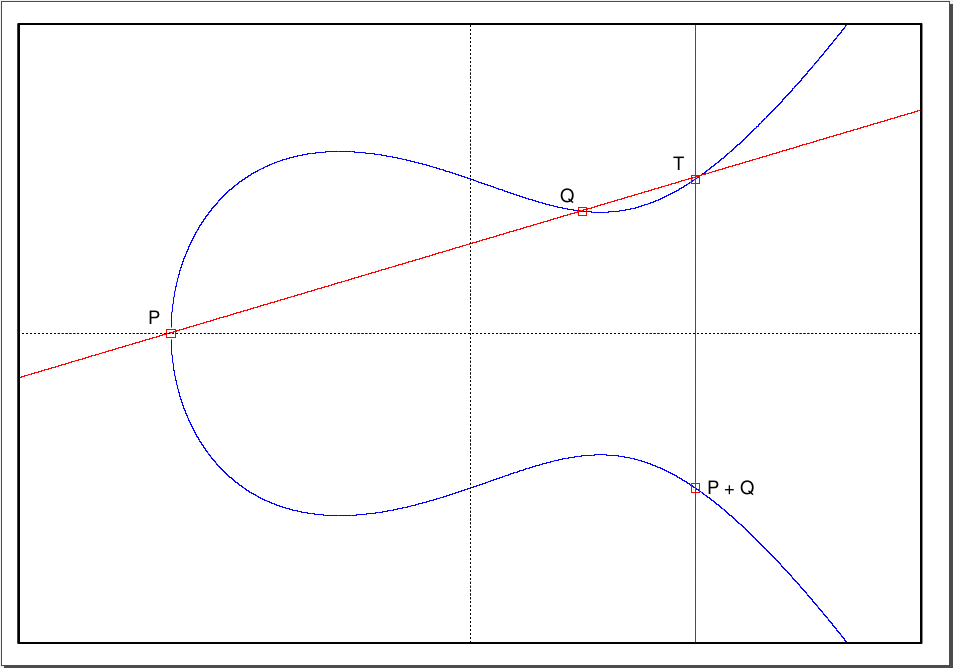

A longer key requires more space, more bandwidth, and additional processor power. If we examine the above table, there is a considerable growth in DSA and RSA key than ECC key size. Elliptic curves are likely to be the next generation of cryptographic algorithms, and we are seeing the beginning of their use now. By starting small and with a slow growth potential, ECC has longer potential lifespan. ECC certificates key creation method is entirely different from previous algorithms, while relying on the use of a public key for encryption and a private key for decryption. The elliptic curve cryptography (ECC) certificates allow key size to remain small while providing a higher level of security. The mathematical problem of the ECC algorithm, It is harder to break for hackers compare to RSA and DSA, which means the ECC algorithm ensures web site and infrastructure safety than traditional methods in a more secure manner. The US government and the National Security Agency have certified ECC encryption method. The reason behind keeping short key is the use of less computational power, fast and secure connection, ideal for Smartphone and tablet too. If we compare to the RSA and DSA algorithms, then 256-bit ECC is equal to 3072-bit RSA key.

Stronger KeysĮCC stands for Elliptic Curve Cryptography is the latest encryption method offers stronger security. As the utilization of Smartphone extends to grow, there is an emerging need for a more flexible encryption for business to meet with increasing security requirements. Key Benefits of ECCĮCC key is very helpful for the current generation as more people are moving to the Smartphone. ECC (Elliptic Curve Cryptography) is a relatively new algorithm that creates encryption keys based on using points on a curve to define the public and private keys. Although the ECC algorithm was proposed for cryptography in 1985, it has had a slow start and it took nearly twenty years, until 20, for the scheme to gain wide acceptance. The ECC (Elliptic Curve Cryptography) algorithm was originally independently suggested by Neal Koblitz (University of Washington), and Victor S.


 0 kommentar(er)
0 kommentar(er)
